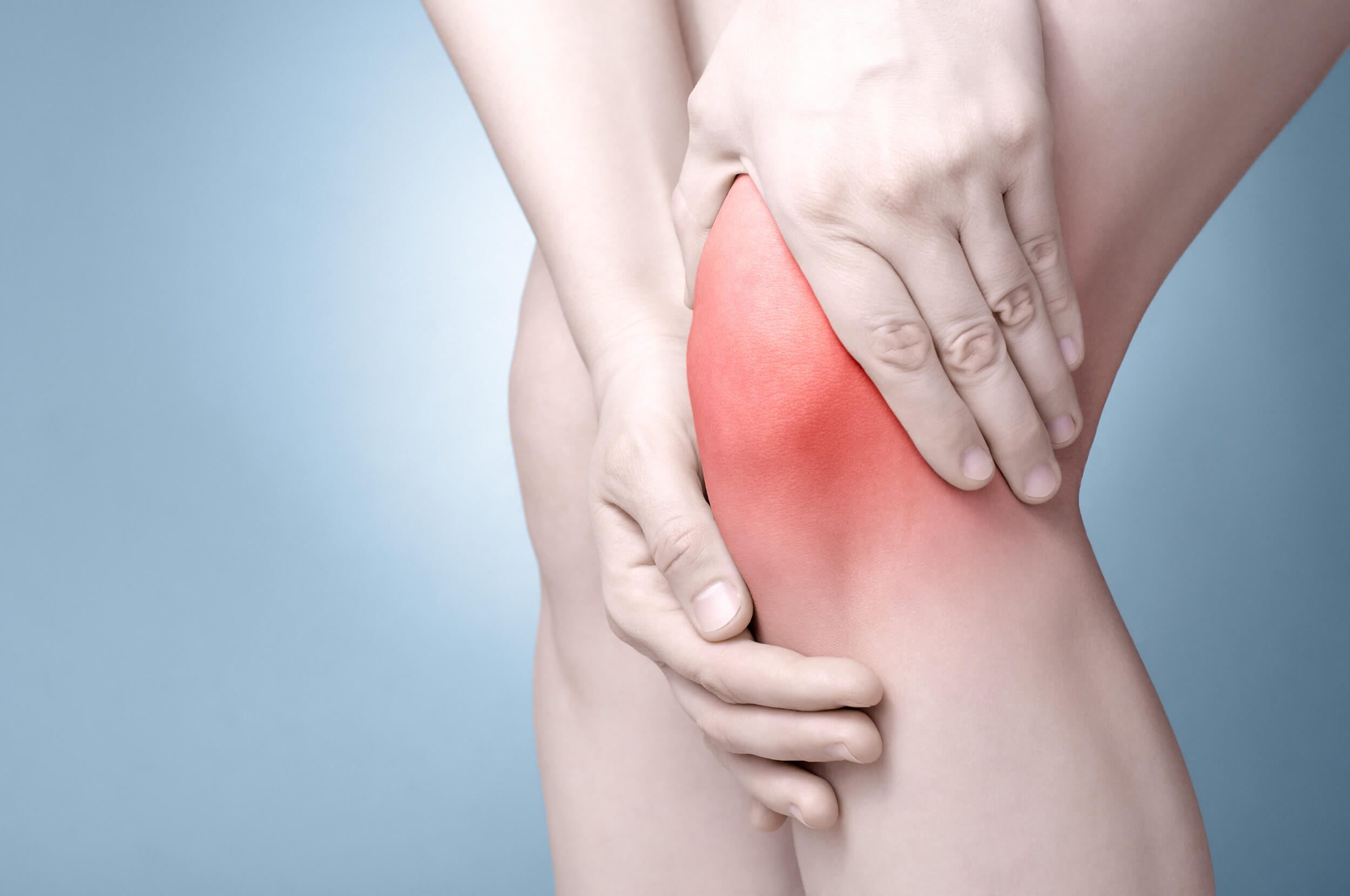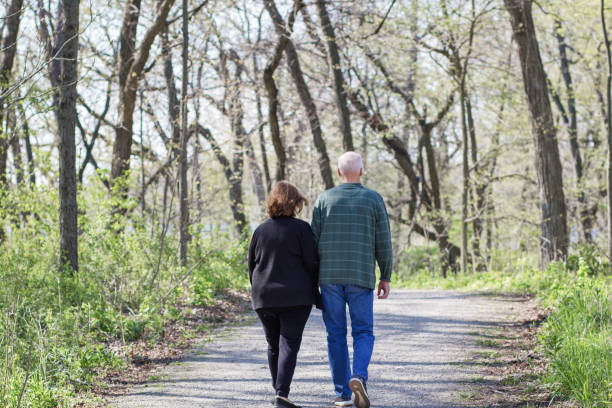Walking With Knee Pain or Not?

Walking With Knee Pain or Not?Walking has its fans the world over. And they have found it useful as a path to liberation and happiness, because of the very nature of the exercise.
It is simple, can be done anywhere and the anthropology of humans suggests that it was walking that kept nomadic tribes on their feet, agile and active.
Walking may keep one’s body in shape, increase the firmness of the abdominal muscles, build strength in the knees, improve flexibility and balance, improve posture and even reduce high blood pressure and diabetic conditions and their impacts.
Walking has a positive impact on reducing stiffness and inflammation and won’t make most chronic knee conditions worse! Yes, if you’re worried about walking with knee pain or have sensitive knees, read on!
A recent study, conducted by Baylor College of Medicine researchers and published in Arthritis & Rheumatology, indicates that walking may help people age 50 and older who have knee osteoarthritis, reduce frequent pain. The results of the study also points out that walking for exercise may help to reduce joint deterioration.
Walking can be beneficial for people with arthritis, helping to alleviate arthritis symptoms as well as quality of life.
People of all age groups must include walking in their daily routines to avoid falling prey to sedentary lifestyle. Older adults should rely on walking to improve mobility, balance and as a low-intensity exercise.
Why is walking good for knees?
The knee joint is composed of bone and cartilage. Cartilage doesn’t have a blood supply, so it relies on joint fluid for nutrition. Therefore, ensuring movement for your joints is one way to ensure the cartilage receives the nourishment it needs to stay healthy and keep you mobile.
There are plenty of benefits of walking. As a low-impact activity, it avoids putting excessive stress on your knees. It can also gradually help muscle strengthening in that region.
It would be best to begin slow and undertake half-hour walk sessions at least three to five times a week. This will not just help to build leg muscles, but even lead to weight loss to reduce pressure on sensitive knees. Once the muscles become stronger, they will act like a natural knee brace, keeping everything in place.
As easy as it may sound, older adults may face difficulties even with non-paced walking. With age, our bones and joints become prone to pain and chronic diseases that impact mobility and cause joint pain and taking a few steps may become painful and make you feel wobbly. In severe cases of arthritis, rheumatism and spondylosis, walking may become impossible. Before it gets too bad, practicing daily walking can help keep such conditions at bay for a little longer.
Tips for walking with knee pain or with sensitive knees
Being mindful of certain things and taking some precautions can ease your walking routine despite sensitive knees. Here are a few ways to protect your knees when walking:
1. Aim for 5000 steps per day:
Make that your first goal. If you can eventually exceed that regularly without increasing pain, consider it a win!
2. Build your walking time:
Are you a newbie to walking? Don’t push yourself too hard! Build up your walking time and speedy slowly and steadily. Begin at a comfortable pace and increase it as you gradually strengthen endurance. Eventually, aim to walk briskly or at a pace that you find challenging. Stop if any pain persists for over two days and consult your physician.
3. Choose softer walking surfaces:
You must choose to walk on natural surface trails, which would be easier on the joints. Flooring in malls and stores is mainly concrete, so you should rather choose a dirt road, stadiums/fields or safe walking tracks within your residential complex/area.
4. Choose the right shoes:
Your shoes should be flat and flexible if you are planning to be walking with knee pain. Make sure they are bendable in the forefoot with a low heel-to-toe drop. Avoid high heels, pointy toes, and heavy shoes, obviously! Shoes with a wide-toe box will provide extra room for comfort.
5. Keep moving throughout the day:
Movement is extremely important for every person, irrespective of their health condition. Even a stretch every 15-20 minutes helps. It keeps your joint fluid moving. Sitting for too long can be harmful, so get up and get going for the long-term benefit of your knees and health.



